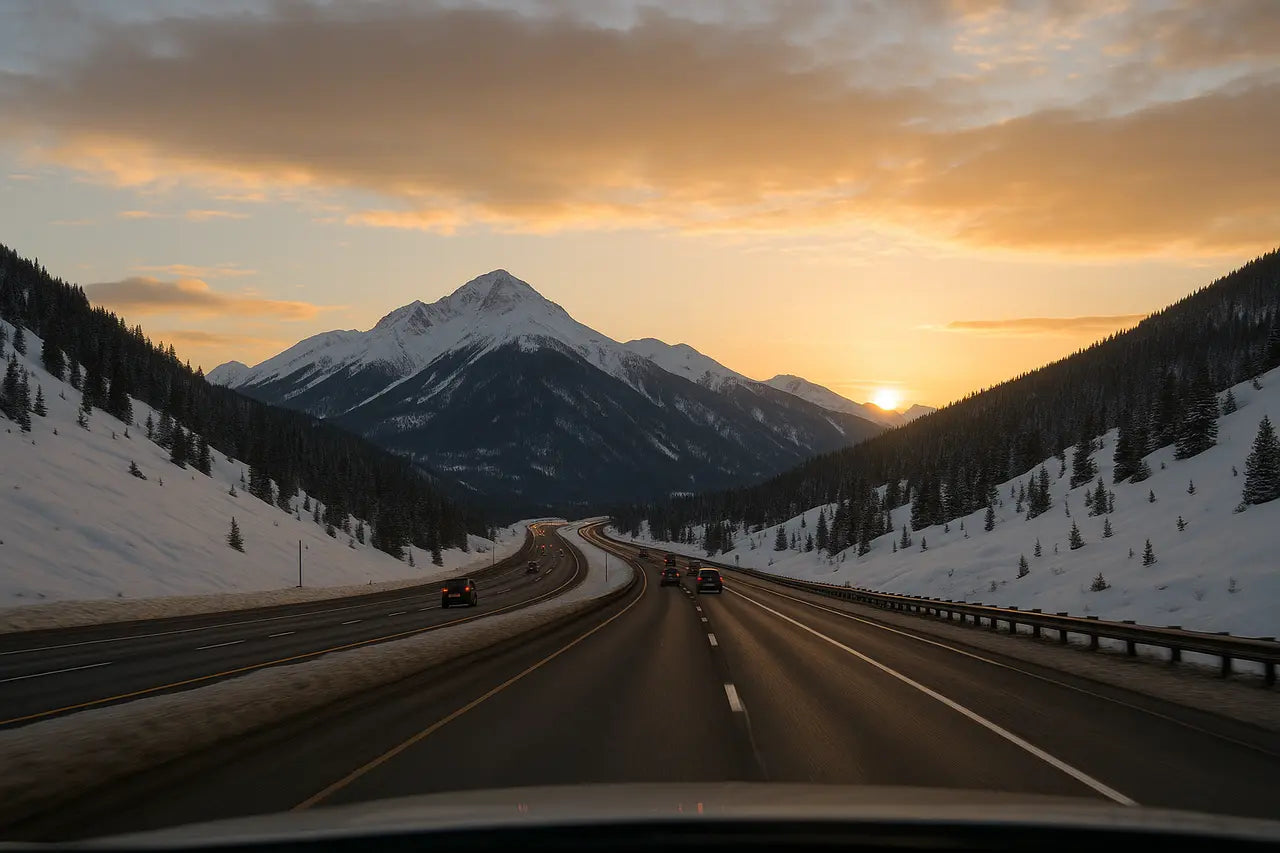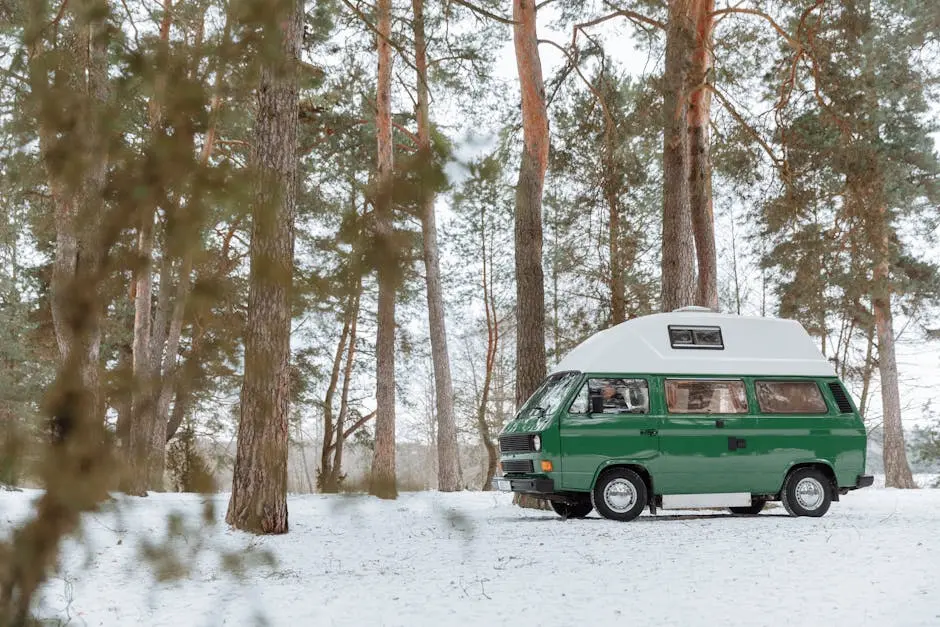Embarking on a ski road trip can be one of the most exhilarating and memorable adventures. It combines the thrill of the slopes with the freedom of the open road, allowing you to chase the snow at your own pace. Whether you’re a seasoned skier or a novice hitting the mountains for the first time, planning the perfect ski road trip requires some careful thought and organization. In this guide, we’ll walk you through the essentials to ensure your journey is smooth, safe, and full of snowy excitement.
Choosing the Right Destination
Selecting where to chase the snow is a crucial first step. Consider the snow conditions, the variety of slopes available, and the overall vibe of the destinations. Research popular ski resorts and perhaps even consider off-the-beaten-path locations for a unique experience.
When choosing a destination, think about the type of skiing you enjoy. Are you a fan of long, leisurely runs, or do you prefer the challenge of black diamond slopes? Some resorts are famous for their expert terrains, while others cater to families and beginners. For instance, places like Vail and Aspen are renowned for their diverse offerings and are guaranteed to satisfy any skier’s craving for adventure. If you’re seeking something unique, consider smaller gems like Bridger Bowl in Montana, known for its relaxed atmosphere yet thrilling terrains. Don’t forget to check out the après-ski scene too, as the local culture and food can greatly enrich your road trip experience.
Timing Your Journey for Optimal Snow
Timing is everything when it comes to a ski road trip. Look into weather forecasts and peak snow periods to ensure you catch the best powder. Keep in mind the school vacation times to avoid crowds and make the most out of your trip.
Understanding the seasonal fluctuations in snow quality is vital for maximizing your skiing experience. Typically, early-season skiing can be a bit sparse on snow, but by mid-winter, resorts often boast the best conditions. Another great time to head out is late February through March when the crowds begin to wane slightly, yet the snow remains abundant. You might also want to take advantage of late-season opportunities where quieter slopes and improved weather conditions can enhance your trip. Research each resort’s specific schedules and peak times to align your plans with the best possible conditions.
Besides considering the snow conditions and crowd levels, you should also factor in any local events or festivals happening at or near your destination. These can be delightful additions to your trip, offering a taste of local culture, music, and food. It might be the perfect time to coincide your visit with the annual Winter Carnival if it’s happening during your road trip. Such events can certainly make your journey even more memorable!
Packing Essentials for a Ski Road Trip
Packing smartly can make or break your road trip. Bring essentials such as ski gear, warm clothing, and road trip must-haves like snacks and a first aid kit. A well-prepared car trunk means a worry-free trip! ISkiMount.com provides the latest solution for organizing your gear for maximizing space to protecting your vehicle and your passengers from loose skis and poles.
When prepping for your ski road trip, packing the right gear is critical. Start with the basics—your skis or snowboard, poles, boots, and helmet—and don’t forget essential clothing layers to keep you warm and dry. Consider waterproof and insulated outerwear and thermal undergarments. Accessories such as gloves, goggles, and a snug hat are also must-haves. Additionally, pack a compact toolkit for quick gear fixes, and remember a portable charger to keep your devices powered throughout your trip. Reliable apps can help predict weather conditions and scout pit stops along your route, adding convenience and security to your adventure.
While gear is essential for the slopes, comfort during your road trips is equally important. Pack healthy snacks, plenty of water, and an emergency kit—which includes items like a flashlight, extra batteries, a fire extinguisher, and a first aid kit—for those just-in-case moments. Make sure your car is equipped with snow chains or all-weather tires to safely navigate snowy roads. With meticulous preparation, you can save yourself from minor setbacks and unplanned detours throughout your journey.
Mapping Out Your Route
Plan your route carefully to manage driving times and rest stops. Consider scenic drives and potential detours that offer breathtaking views or interesting attractions. Ensure your route includes accessible accommodation options along the way.
Creating a flexible yet strategic route is key to a successful ski road trip. Start by mapping out your main destinations, then search for picturesque drives between these spots. National park byways often offer jaw-dropping vistas, perfect for photo ops along the way. Consider detours that include quaint mountain towns or cultural landmarks, offering a chance to grasp the local flavor and history. Don’t forget reliable GPS tools or map apps to avoid getting lost and to steer away from heavy traffic areas, especially during peak travel times. By blending both adventure and relaxation, your road trip can be as enjoyable as the destinations themselves.
Another important aspect to consider while planning your route is accommodation. Try to book stays in advance at places with convenient access to ski resorts. These can range from luxury lodges to cozy vacation rentals, depending on your budget and the experience you’re looking for. Frequent rests are vital on a road trip, so spacing out your itinerary to allow adequate time for meals, refueling, and short breaks helps keep your energy levels up. Mapping your journey meticulously will ensure that you arrive safely and remain energized throughout your skiing adventure.
Safety Tips for Winter Road Conditions
Winter roads can be unpredictable. Ensure your vehicle is equipped for icy conditions, and familiarize yourself with winter driving safety tips. Always be prepared for emergencies with a roadside kit and keep an eye on changing weather conditions.
Driving through winter landscapes holds its own set of challenges, from black ice to sudden snowstorms. Make sure your car’s maintenance is up to par before embarking. This includes checking your tire treads, battery, antifreeze levels, and windshield wipers. Keep a full tank of gas, especially in remote areas where stations can be sparse. Understanding how to manage anti-lock brakes and skid control can also be a lifesaver during adverse conditions. By adopting these precautions, you can ensure a smoother, safer journey through the winter wonderland.
In addition to vehicle safety checks, always stay informed about the current weather forecasts for your route. Sometimes delays or route changes are necessary when faced with severe conditions, so having a backup plan can prevent stressful situations. An all-wheel-drive system can be advantageous for snowy roads but be aware that it’s not a replacement for cautious driving. Keep a safe distance from other vehicles, especially trucks and snow plows, as they need more space to maneuver. Practicing defensive driving and being alert can turn a daunting winter drive into a manageable and rewarding journey.
Embark on Your Snowy Adventure
Planning the perfect ski road trip is about more than just packing your bags and hitting the gas. It’s an opportunity to create memories, embrace the beauty of winter landscapes, and enjoy the thrill of discovering new ski resorts. With the tips and guidance from this blog, you’re well on your way to an unforgettable snowy adventure. Happy skiing!



Share:
Safety First: Avalanche Awareness for Every Skier and Boarder
Ski Fitness: How to Prepare for the Upcoming Season